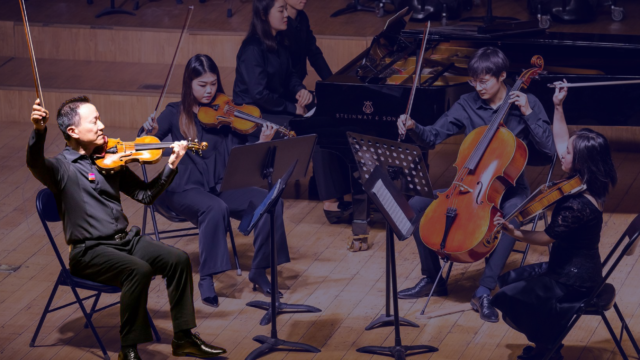Audience Diversification – Strategy 3: Meet Your Community Where It Is

“Ask the constituency you’re interested in connecting with what they’re interested in, then do that,” to quote New Haven Symphony Orchestra’s Katie Bonner Russo. Different demographic segments look for different offerings and ways to feel welcome. For example, as Donna Walker-Kuhne notes, older audience members typically look for comfort and kindness, whereas younger audience members are often more interested in an experience that extends the story of the performance into the pre- and post-concert journey. But reaching any new audience segment requires authenticity, relationship-building, and an ongoing commitment.
“Once a month, every executive director should be out in the community,” asserts Walker-Kuhne. “Give awards, join judging panels for events. Build trust. Then an invitation to see a production is seen as reciprocal support [rather than as an ask].” Wisconsin Chamber Orchestra’s Joe Loehnis talks warmly about attending recitals of Super Strings, the orchestra’s collaboration with Big Brothers Big Sisters. “I sit with staff and parents listening to open string playing, and I see the tears and the pride. We have pizza and celebrate together. One of our partners, Big Brothers Big Sisters, consistently engages with us and supports our goals because we’ll do anything to support their initiatives.”
By showing up to support hospitals, churches, and neighborhood associations in communities they once ignored, orchestras gradually change public perceptions, and not just in those neighborhoods. “People are appreciating that the BPO contributes to quality of life,” says Buffalo Philharmonic Orchestra’s Dan Hart. “There’s more pride in the orchestra since we went public about our EDI initiatives.”
Related
-
Learn | Audience Engagement
Taking Another Listen: Engaging New Audience Members of Color
-
Learn | Audience Engagement
Taking Another Listen: Engaging New Audience Members of Color
-
Learn | Education & Community Engagement
2024 Midwinter General Session: Meaning More to More People
Become a member
Thank you for your interest in the League of American Orchestras! We are dedicated to advancing the orchestral experience for all.
Join Now

